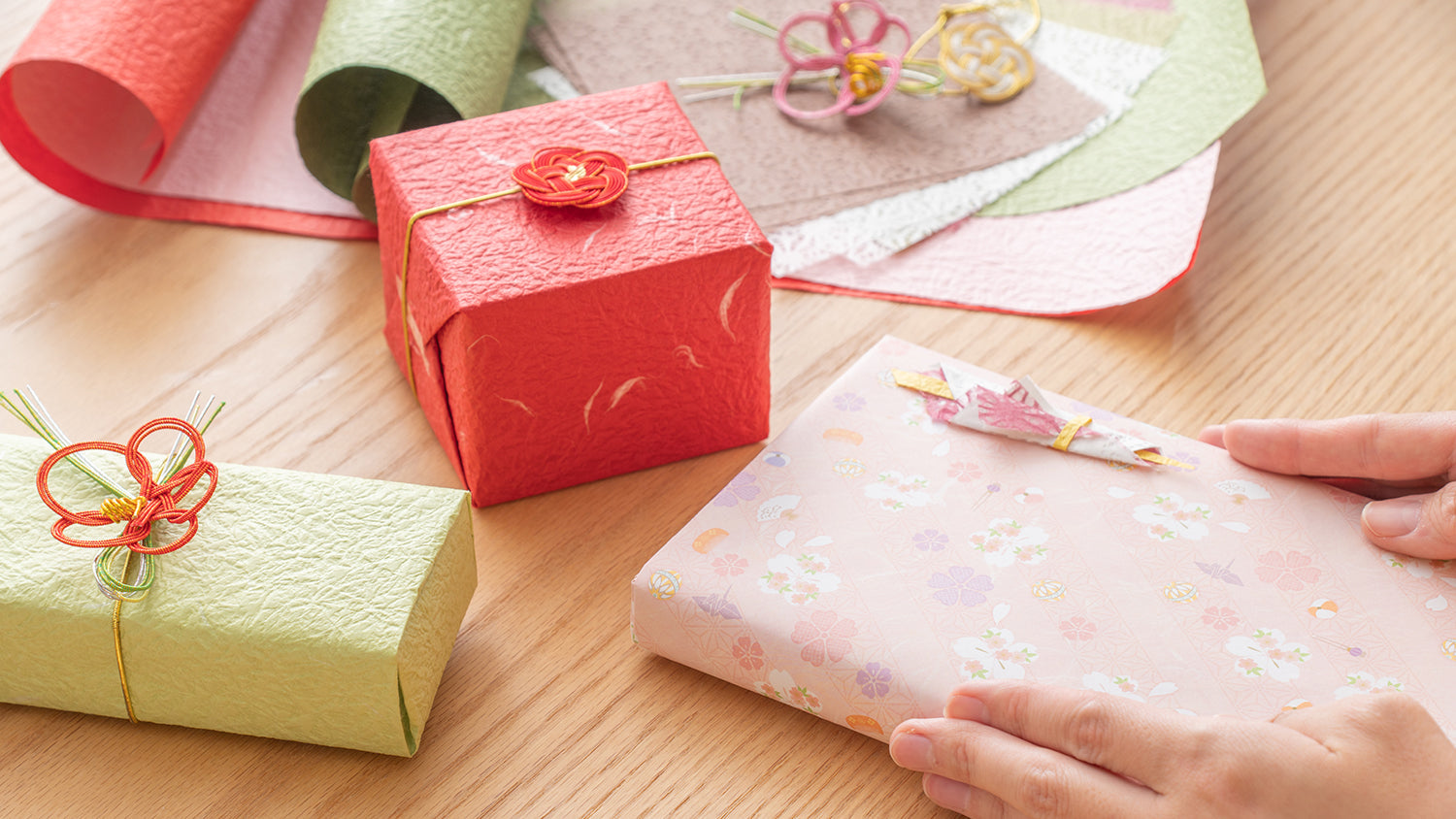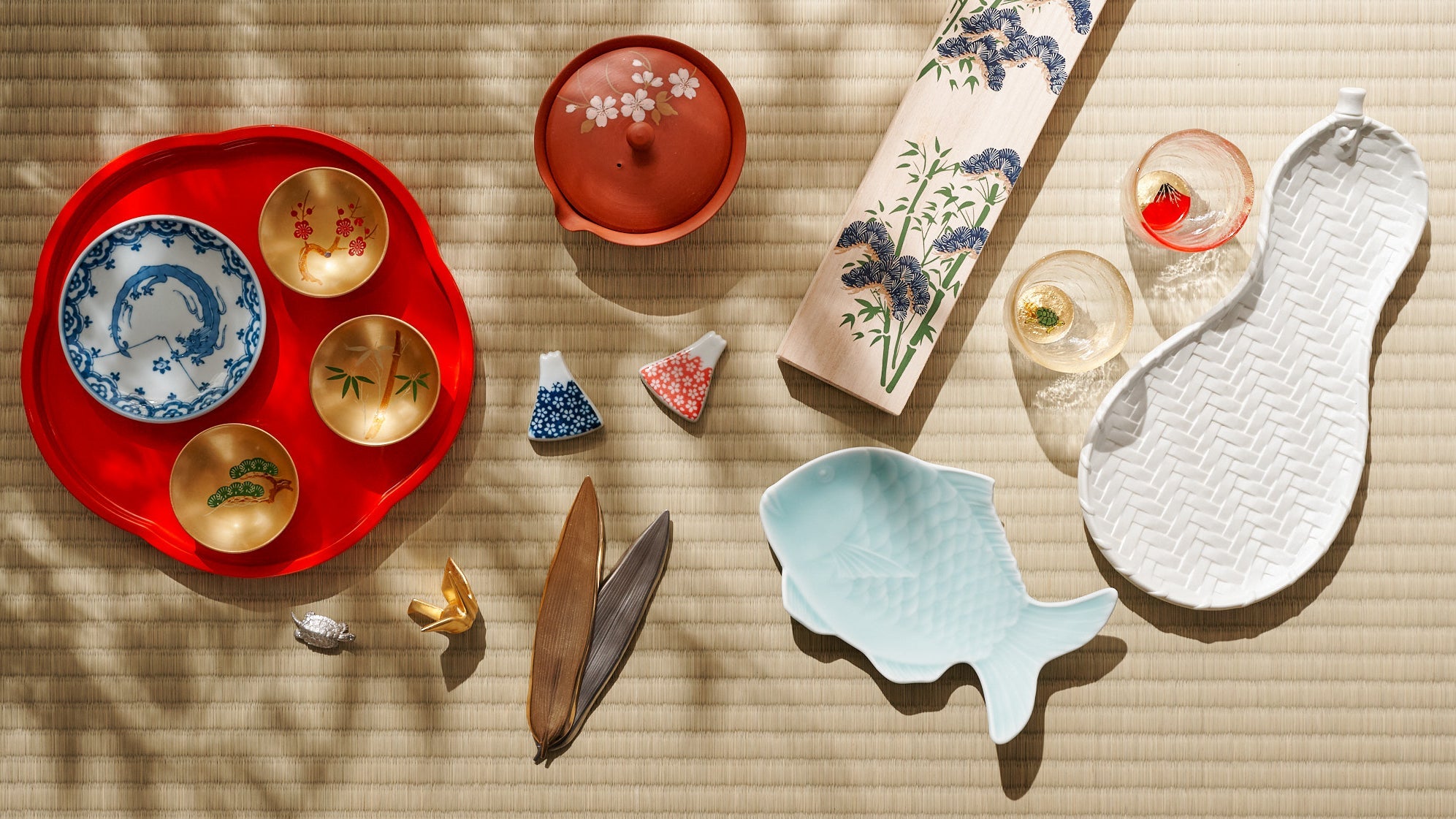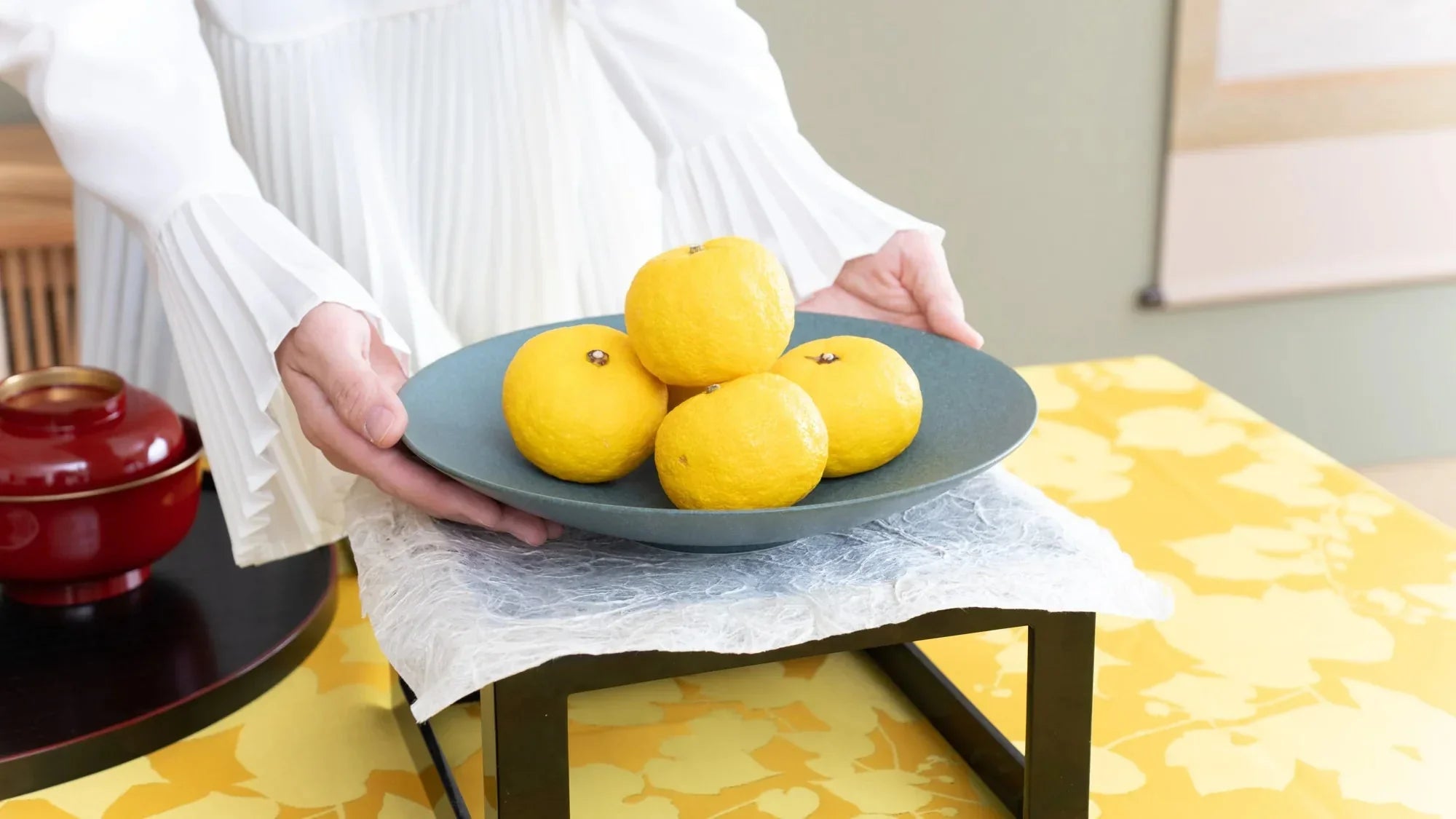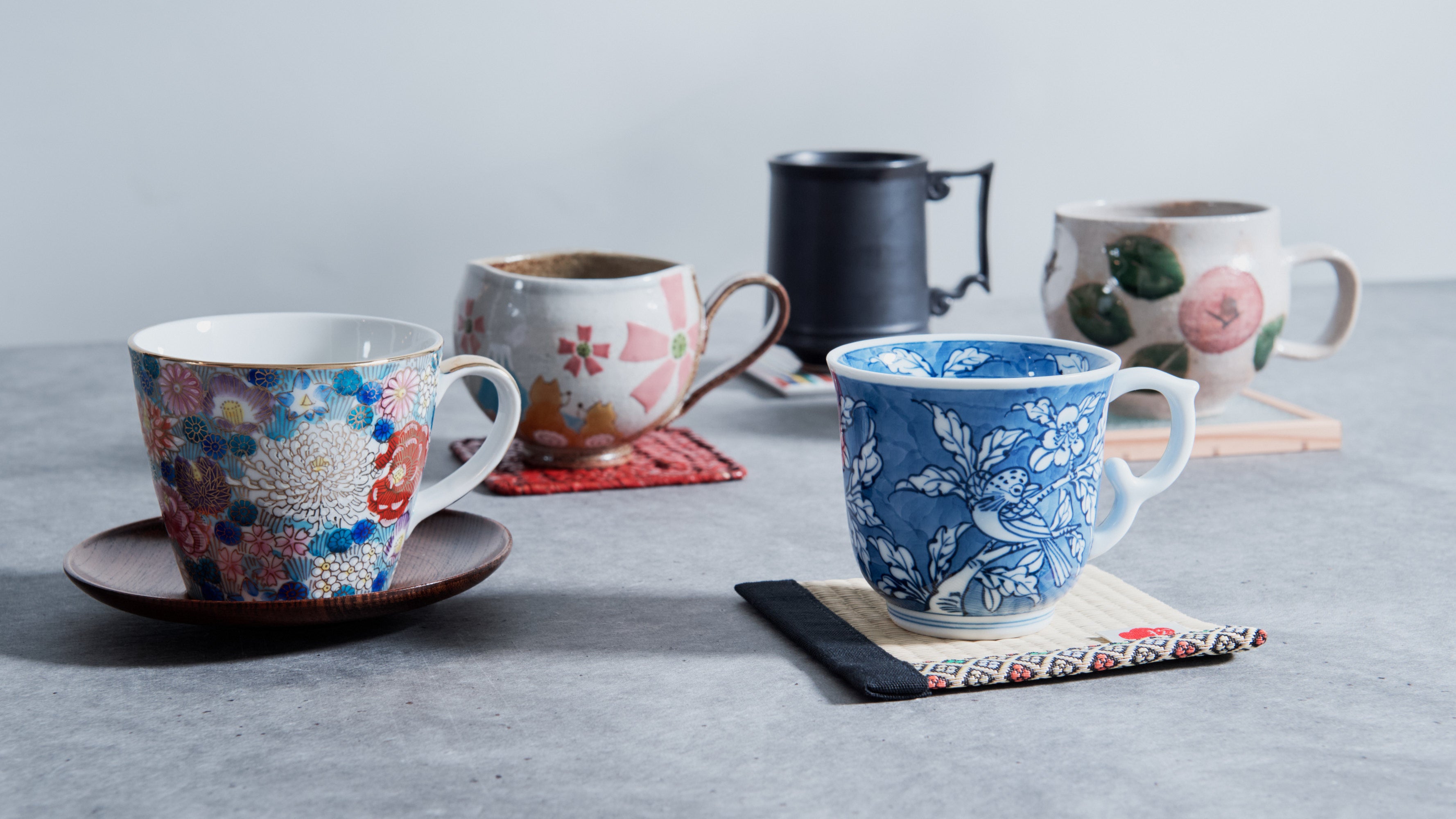
Guide to Maneki Neko: Lucky Cats of Japan
Written by Team MUSUBI
If you’ve spent any time in Japan, you’ve likely spotted the beckoning cat. The maneki neko has charmed people since the Edo period (1603–1868 CE) and remains a beloved symbol of luck and prosperity. In this article, we’ll explore its history and origins, decode the meanings behind its poses, and suggest the best places to display one.
What is a Maneki Neko
The maneki neko, often called the “beckoning cat,” is one of Japan’s most recognizable symbols of good fortune. Typically portrayed as a seated cat with one paw raised in a welcoming gesture, it is believed to attract prosperity, happiness, and luck to those who keep it close. You’ll find these figures everywhere in Japan—from the entrances of shops and restaurants to homes and shrines—and in recent decades they’ve become a familiar sight around the world.
More than just a cute ornament, the maneki neko reflects centuries of cultural tradition. Its pose, color, and even the objects it holds each carry specific meanings, making it not only a charm for luck but also a piece of living folklore.

The Origins of the Japanese Lucky Cat
There is no single, definitive story about the origins of the maneki neko; instead, several legends have been passed down through the centuries. Among the most well-known are the “Gotokuji Temple tale” and the “Imado Shrine tale.”
According to the Gotokuji legend, Lord Ii Naotaka was returning from a falconry outing when a white cat beckoned him toward the temple gate. He decided to step inside, and almost immediately, a sudden thunderstorm broke out. Grateful that the cat had spared him from the storm, Ii Naotaka felt such reverence for the animal that Gotokuji became the family temple of the Ii clan.

The Imado Shrine version tells a different story. A poor elderly woman, guided by a dream, began crafting cat-shaped figurines as Imado ware. To her surprise, they sold well, allowing her to escape poverty. This tale is considered the origin of the maneki neko and its association with prosperity and good luck, leading Imado Shrine to be recognized as the birthplace of the lucky cat.

Over time, as regional crafts and folk traditions became intertwined with these legends, the maneki neko evolved into countless variations. Today, it not only serves as a symbol of luck but also stands as a vibrant expression of Japan’s decorative arts and cultural heritage.

Types of Maneki Neko
At first glance, a maneki neko is simply a seated cat with one paw raised. But in reality, there are countless variations, each carrying its own meaning. These differences appear in color, gesture, and even the objects the cat holds.
Colors and Their Meanings
Traditionally, the colors of maneki neko draw from stories such as the white cat of Gotokuji Temple. In modern times, however, influences such as feng shui have inspired even more vibrant interpretations. Each shade conveys a particular blessing:
White: Success in business and prosperity.
Black: Protection from misfortune and evil.
Gold/Yellow: Wealth and financial fortune. Golden cats are especially popular.
Red: Warding off illness and bad luck.
Green: Safety and health.
Blue: Success in studies and wisdom.
Pink: Fulfillment in love.
Purple: Longevity and well-being.
The Meaning Behind the Pose
The position of the raised paw also carries symbolic weight:
Right paw raised: Said to attract wealth, making this version especially common in restaurants and shops where owners hope to draw financial luck.
Left paw raised: Believed to welcome people, whether customers to a store or good relationships into a household.
Both paws raised: Thought to invite both money and connections. In Japan, however, some people see this as “asking for too much” or “throwing up its hands,” so it’s often displayed thoughtfully. When displaying one right-paw and one left-paw cat together, tradition suggests arranging them so their raised paws face outward, allowing fortune to flow inward.
Even the height of the paw matters: a cat with its paw lifted higher than its ears is believed to draw blessings from afar, symbolizing enduring good fortune.
Objects the Cat Holds
While many maneki neko clutch a gold coin, they can also hold other items, each loaded with meaning:
Koban (gold coin): A currency used during the Edo period. Some cats hold coins inscribed with “ten million ryo,” a fortune by any standard. Though the coin-holding cat became common only in the Showa era (1926–1989 CE), earlier figures were decorated with aprons or auspicious patterns instead.

Neck ornaments: Collars, bibs, and bells are frequent accessories. Bells, in particular, have been tied to cats since the Edo period, when they helped owners keep track of their pets.
Fish (often sea bream): A symbol of abundance and prosperity.
Kozuch (mallet): A magical mallet from Japanese folklore and classical literature that grants wishes when shaken. It is also associated with Daikokuten, one of the Seven Lucky Gods.

Other lucky charms: Rice bales, daruma dolls, treasure bags, purses, cash boxes, or even folding fans, all of which emphasize fortune, resilience, or abundance.
Next time you come across a maneki neko, don’t just glance at its raised paw; look closely at its colors and the objects it holds. Each detail tells a story about the kind of luck it is meant to bring.
Regional Styles of Maneki Neko
While maneki neko can be found across Japan, three regions are especially renowned for their craftsmanship: Seto and Tokoname in Aichi Prefecture, and Kutani in Ishikawa Prefecture. Each has developed its own distinct style, reflecting local traditions in ceramics and design.
Seto, counted among Japan’s "Six Ancient Kilns," has long been celebrated as a hub of Japanese ceramics and remains one of the principal centers of maneki-neko production today. Its prominence stems from advanced plaster-mold techniques and the rich variety of glazes available to local artisans. The result is a wide range of cats with expressive faces and unique personalities. Seto figures are admired for their refined features, luminous glazes, and the subtle textures that give each piece a vivid sense of character.
Kutani porcelain, which dates back to the Edo period, is famous for its bold use of the five traditional colors—red, blue, yellow, green, and purple. Kutani maneki neko stand out for their vivid, almost painterly surface designs that brighten any space they occupy. Many are adorned with distinctive touches, such as bells tied around the neck, details not commonly seen in other regions.
Tokoname, also one of Japan’s Six Ancient Kilns, has long been a prolific producer of maneki neko. Compared to other styles, Tokoname cats tend to be rounder and sturdier in build, with strikingly large eyes. The now-familiar figure of a cat holding a gold coin emerged here in the late 1940s, and its endearing, barrel-shaped body has made it a favorite ever since.
Beyond these three major centers, artisans across Japan create many variations of the maneki neko. One charming example draws on the Edo Kimekomi doll: figures built on a paulownia-wood core and dressed in traditional Japanese silk textiles.
Where to Place Your Maneki Neko
The power of a maneki neko is said to depend not only on its color or pose but also on where it is displayed. Choosing the right spot can enhance its ability to attract good fortune.
Entryway
The entryway of a home or shop is considered a vital point where positive energy flows in. Placing a maneki neko here is believed to invite happiness and prosperity, fostering harmony within a household and success in business. To maximize its effect, position the cat so it faces outward from inside, symbolically “welcoming fortune in.”
Shop Counter or Cash Register
For business owners, the area around the counter or cash register is ideal. A cat with its right paw raised is especially popular in this setting, as it is thought to improve financial luck and encourage higher sales.
On the other hand, placing a maneki neko in neglected corners, cluttered rooms, or areas that are rarely cleaned is discouraged. Fortune is unlikely to settle where the space feels stagnant or disorderly.
If you bring a maneki neko into your home or shop, treat it not only as a decorative object but also as a symbol of good luck. Keep its surroundings clean and give it a place of honor; it’s a gesture that reflects both respect and intention.
More than just a cute ornament, the maneki neko reflects centuries of cultural tradition. Its pose, color, and even the objects it holds each carry specific meanings, making it not only a charm for luck but also a piece of living folklore.
While maneki-neko can be found across Japan, three regions are especially renowned for their craftsmanship: Seto and Tokoname in Aichi Prefecture, and Kutani in Ishikawa Prefecture. Each has developed its own distinct style, reflecting local traditions in ceramics and design.
Over the centuries, the maneki neko has reflected the craftsmanship and aesthetics of each era and region, quietly weaving itself into everyday life. Beneath its charming form lies a simple yet enduring wish—to invite good fortune—that continues to resonate with us today.
Perhaps it’s time to welcome one into your own home and see what blessings it might bring.



















Leave a comment
This site is protected by hCaptcha and the hCaptcha Privacy Policy and Terms of Service apply.